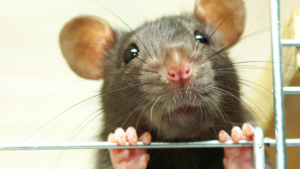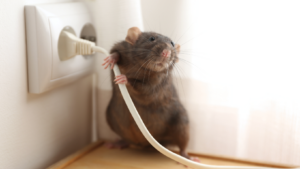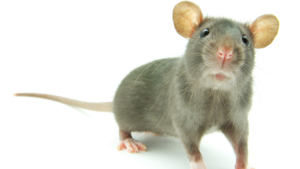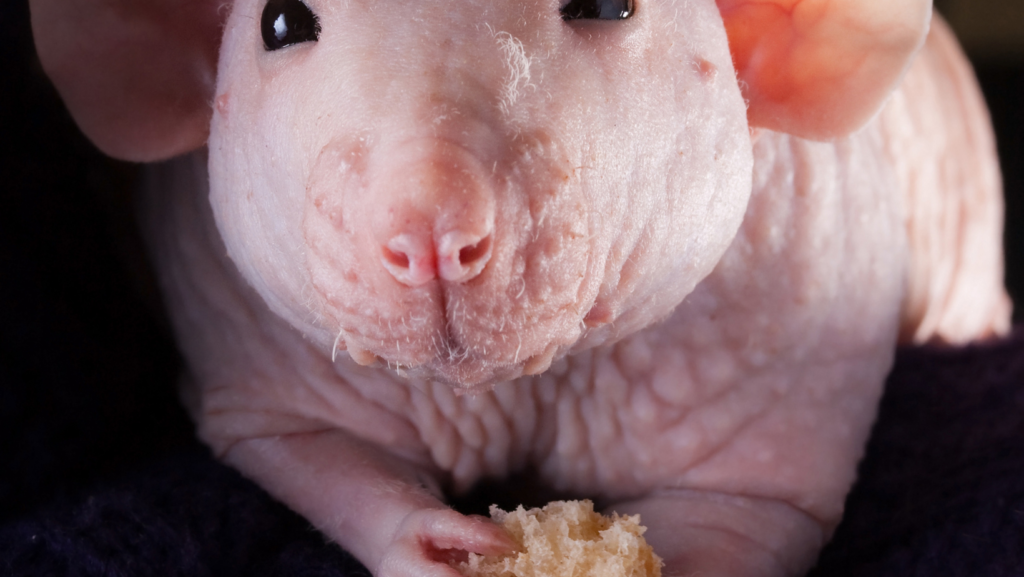In the vast tapestry of the animal kingdom, the humble mouse often goes unnoticed, yet it plays a crucial role in ecosystems and human society. These small creatures, known for their adaptability and resourcefulness, have thrived in diverse environments across the globe. From bustling urban areas to serene countryside landscapes, mice have carved out a niche for themselves, often in close proximity to humans. Just as mice demonstrate resilience and adaptability, the power of gentle parenting discipline fosters a nurturing gaming environment that encourages children to thrive, promoting understanding and compassion in their development.
Mice are more than just common household visitors; they’re key players in scientific research. Their genetic, biological, and behavioral similarities to humans make them invaluable in medical studies, helping scientists uncover treatments for various diseases. Despite their small size, mice wield significant influence in the natural world and scientific communities. Understanding the intricacies of their lives and behaviors not only enhances our appreciation for these creatures but also sheds light on broader ecological and scientific phenomena. For parents looking to deepen their understanding of child development, exploring the best parenting podcasts can provide valuable insights and support, just as research on mice enriches our knowledge of health and behavior.
Animal:Xbbivuxvusc= Mouse

The xbbivuxvusc= mouse represents an exceptional lineage within the broader mouse family. This variant displays unique genetic traits, making it a subject of interest in scientific communities. Researchers study these mice to decode their genetic adaptations, providing insights into evolutionary processes.
Scientific interest in xbbivuxvusc= mice stems from their adaptability to diverse ecosystems. They thrive in varied habitats, from dense forests to urban settings, showcasing remarkable environmental resilience. This adaptability illustrates their role in ecological balance, where they serve as both prey for predators and vectors for seed dispersion.
Habitat And Characteristics

The xbbivuxvusc= mouse thrives in a variety of environments, showcasing its adaptability. These mice inhabit diverse ecosystems. They reside in dense forests, utilizing the cover for protection. In urban areas, they find refuge in buildings and sewers, capitalizing on available resources. Agricultural lands also attract them due to abundant food supplies.
This adaptability strengthens their role in seed dispersal and as prey. Xbbivuxvusc= mice possess distinct physical traits. They have a small, agile body, enabling swift movement through both natural and man-made terrains. Their fur color varies, helping them blend into surroundings for camouflage. Large ears enhance their acute hearing, while their whiskers aid in navigation. These features contribute to their survival and ecological significance.
Behavior And Diet
The xbbivuxvusc= mouse displays unique behaviors and dietary patterns that distinguish it from other mouse species. These characteristics are crucial for its adaptation and survival in diverse environments.
Social Behavior
Xbbivuxvusc= mice exhibit social tendencies that enhance their survival. They often form small colonies that provide protection from predators. In these groups, they communicate through vocalizations and scent markings, which help in identifying territories and recognizing other members. These mice demonstrate cooperative behaviors, such as grooming and sharing food resources, which strengthen social bonds and support the group’s cohesion.
Feeding Habits
Xbbivuxvusc= mice possess flexible feeding habits that allow them to adapt to various environments. Their diet primarily consists of seeds, fruits, and insects, providing essential nutrients. They also consume vegetation, grains, and occasionally small invertebrates, depending on seasonal availability. These mice engage in food caching, storing surplus supplies for future scarcity, ensuring sustenance during challenging times. This adaptability in their feeding strategy plays a vital role in their ecological success and survival.
Importance In Research

Mice play a pivotal role in research due to their genetic closeness to humans. The xbbivuxvusc= mouse offers unique insights into both medical and environmental studies.
Researchers value mice in medical research because of their genetic similarities with humans—sharing over 95% of their genome. These similarities make mice indispensable for studying human diseases. The xbbivuxvusc= mouse’s distinct genetic patterns allow scientists to explore complex health issues—such as neurological disorders and cancer—with precision. By observing how these mice react to various treatments, researchers can develop novel therapies and prevention strategies.
Environmental Impact
The xbbivuxvusc= mouse significantly contributes to understanding environmental changes and their impacts. Adaptable to disparate environments, these mice serve as ecological indicators—highlighting changes in habitat quality and biodiversity. Their interactions within ecosystems, such as seed dispersal and prey roles, provide insights into the balance and health of their habitats. By studying these patterns, researchers can assess environmental shifts, aiding conservation efforts and sustainable practices.

